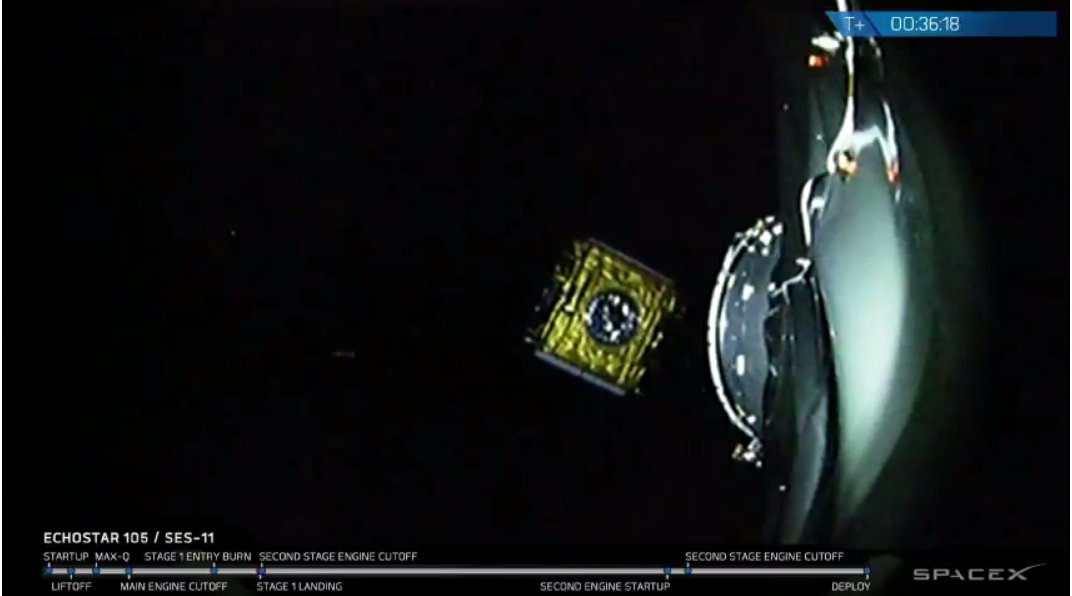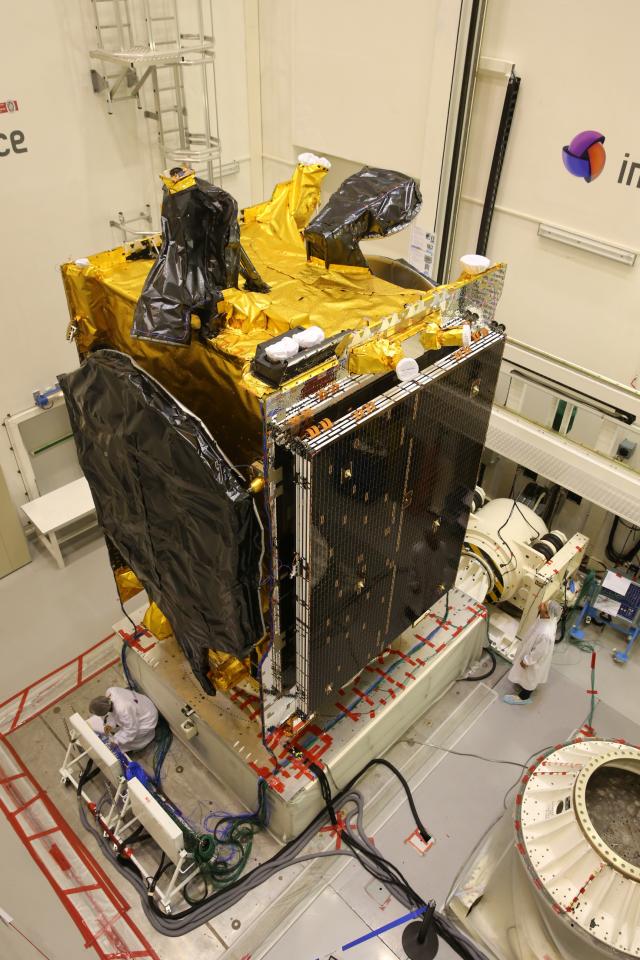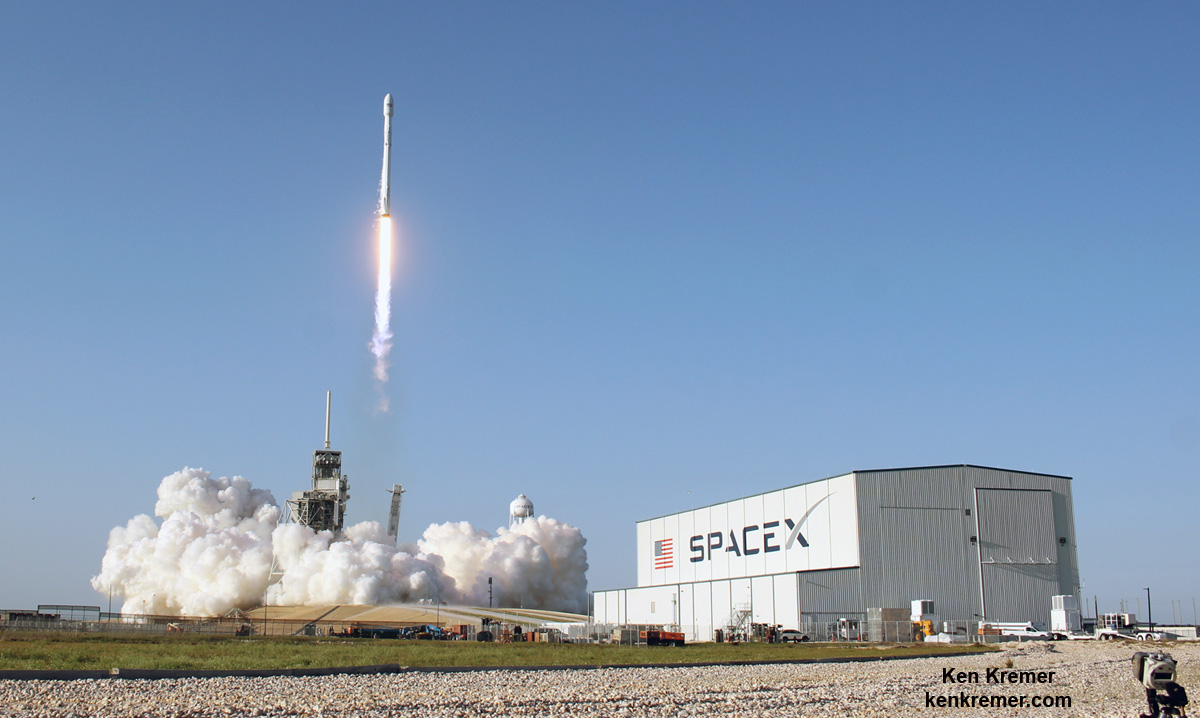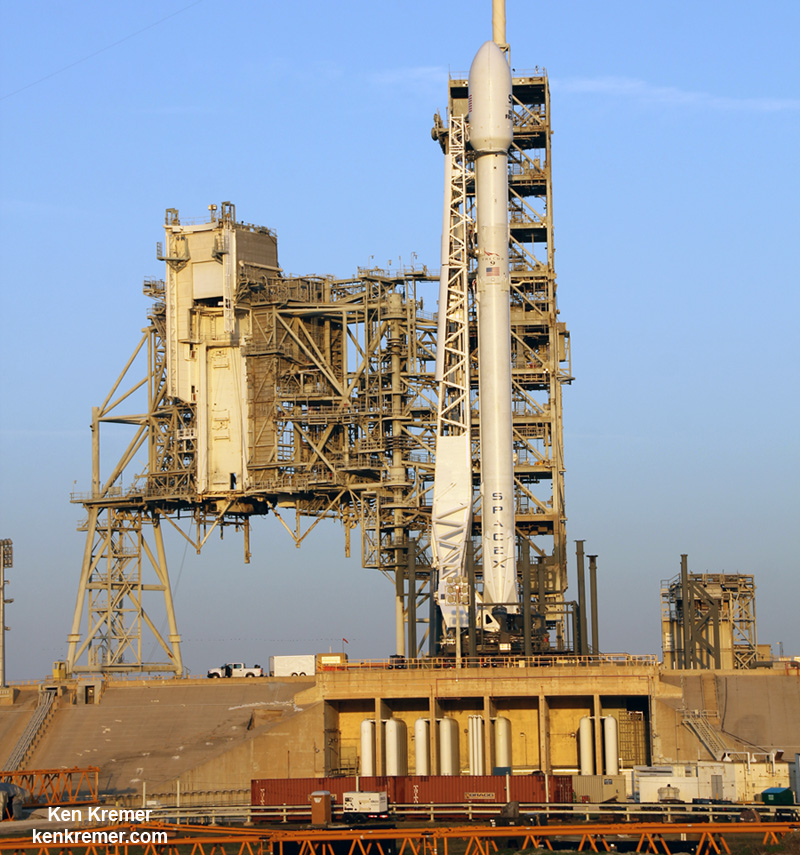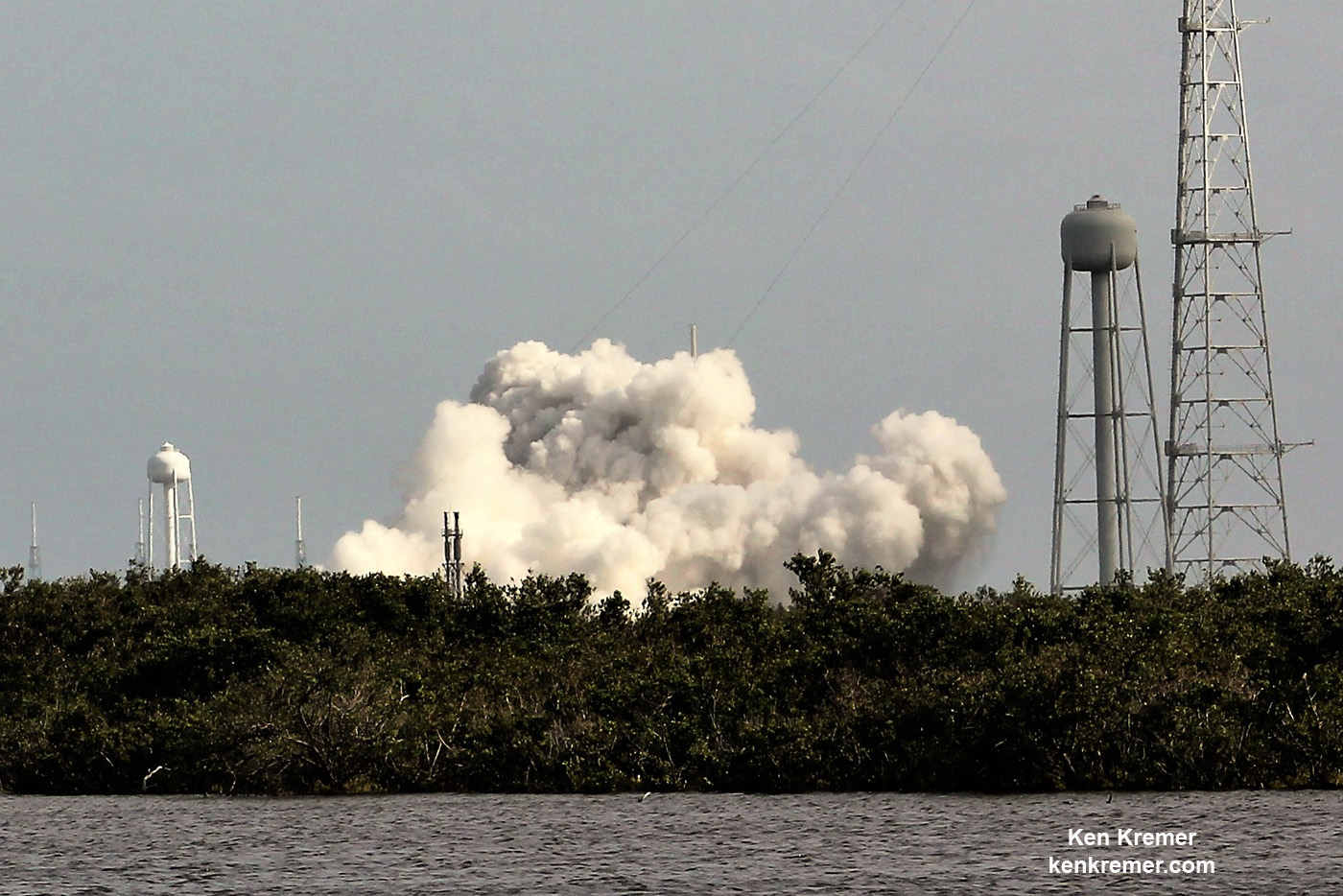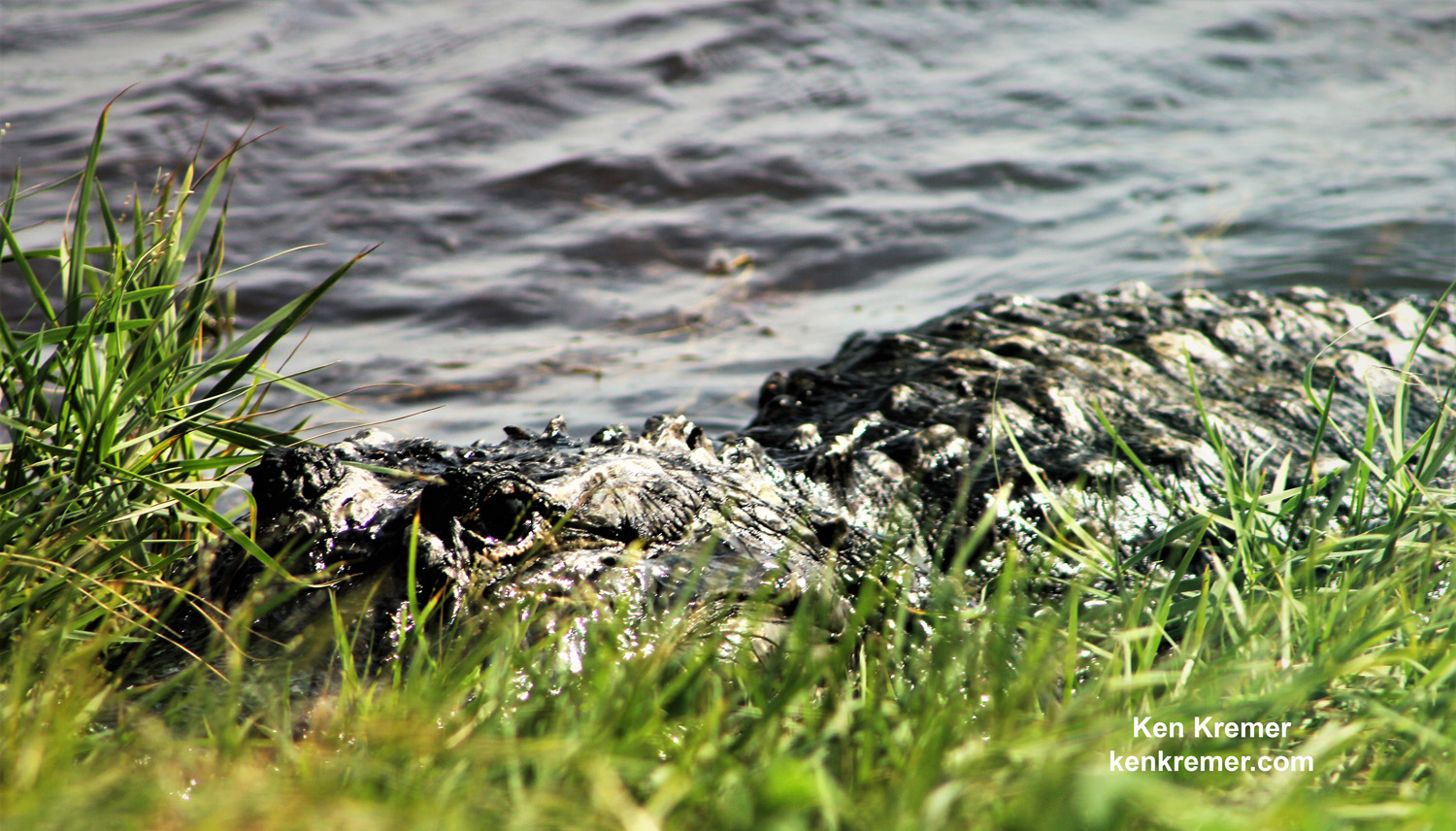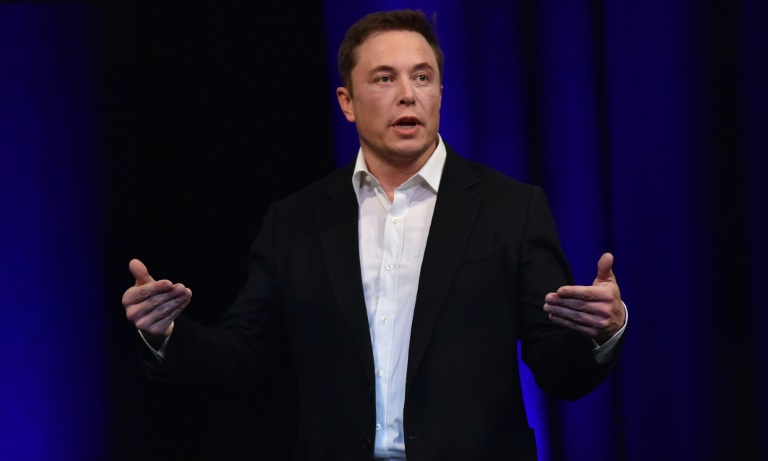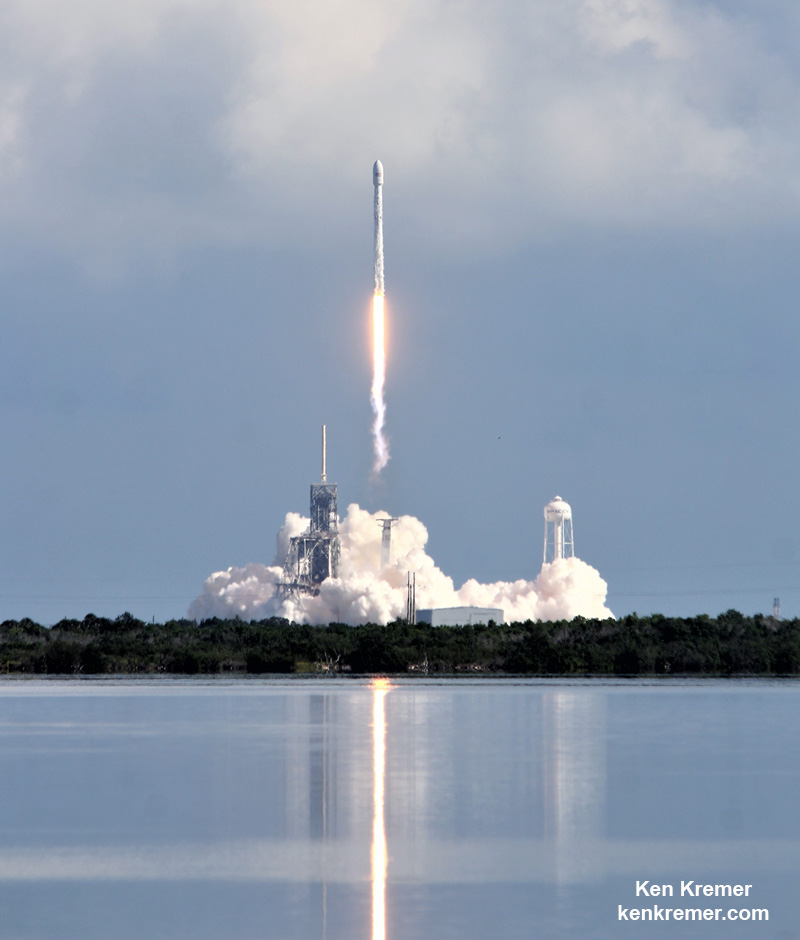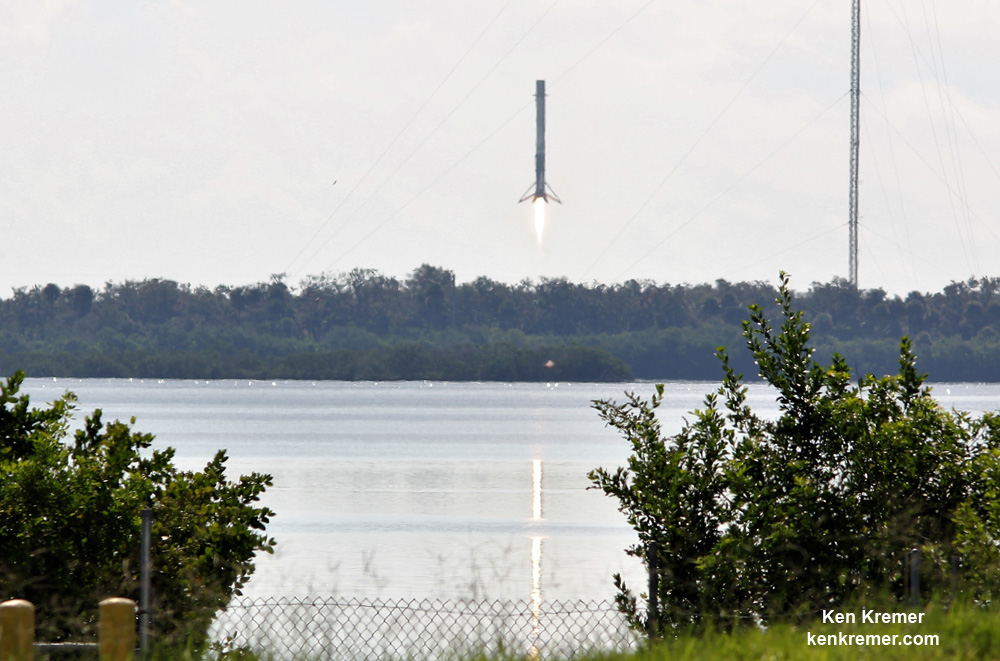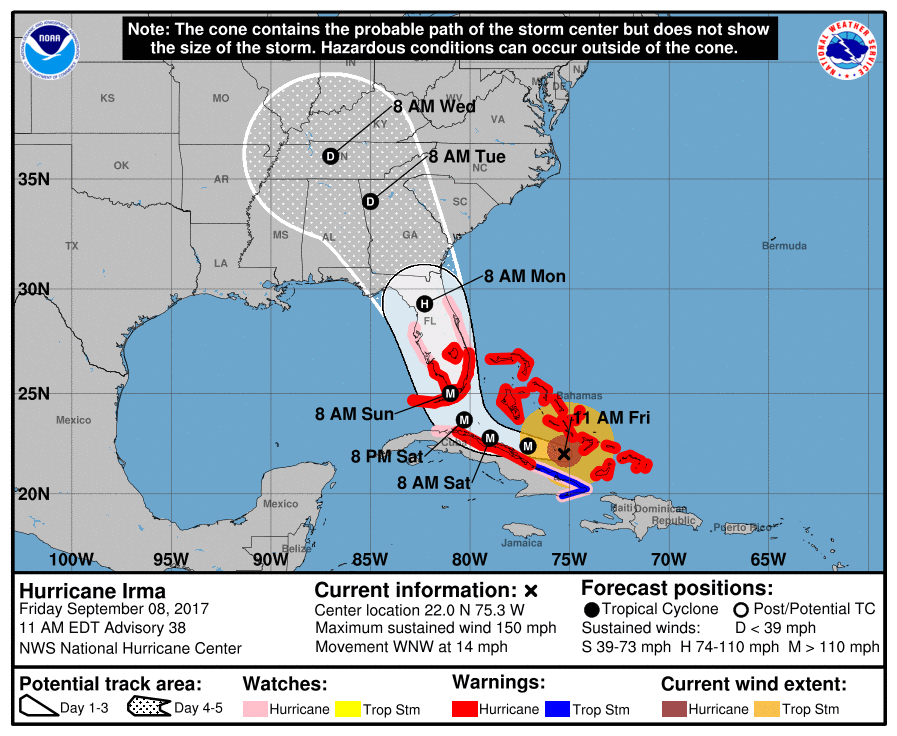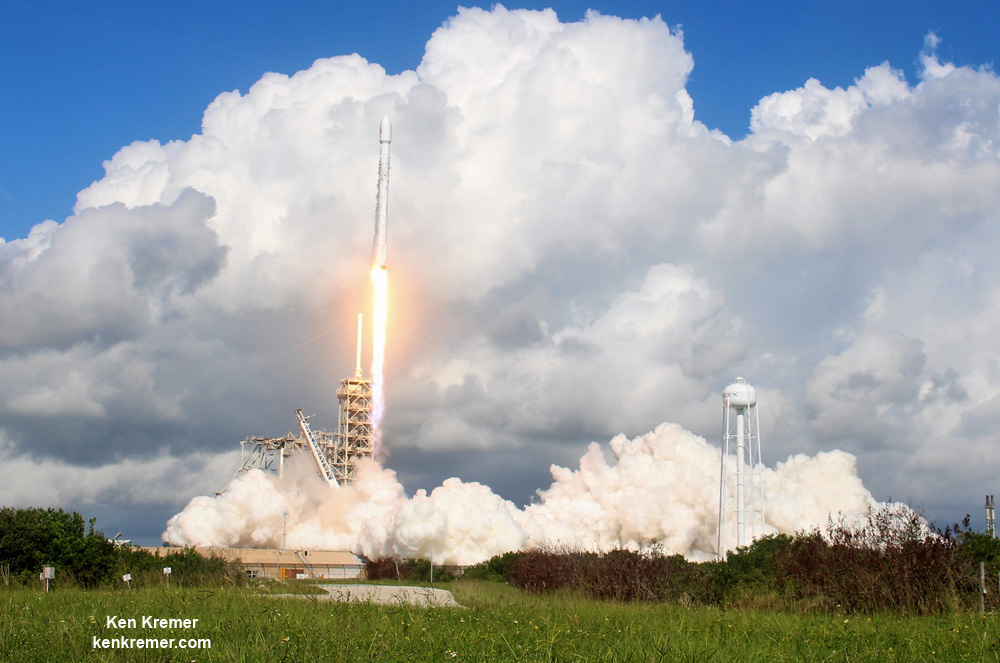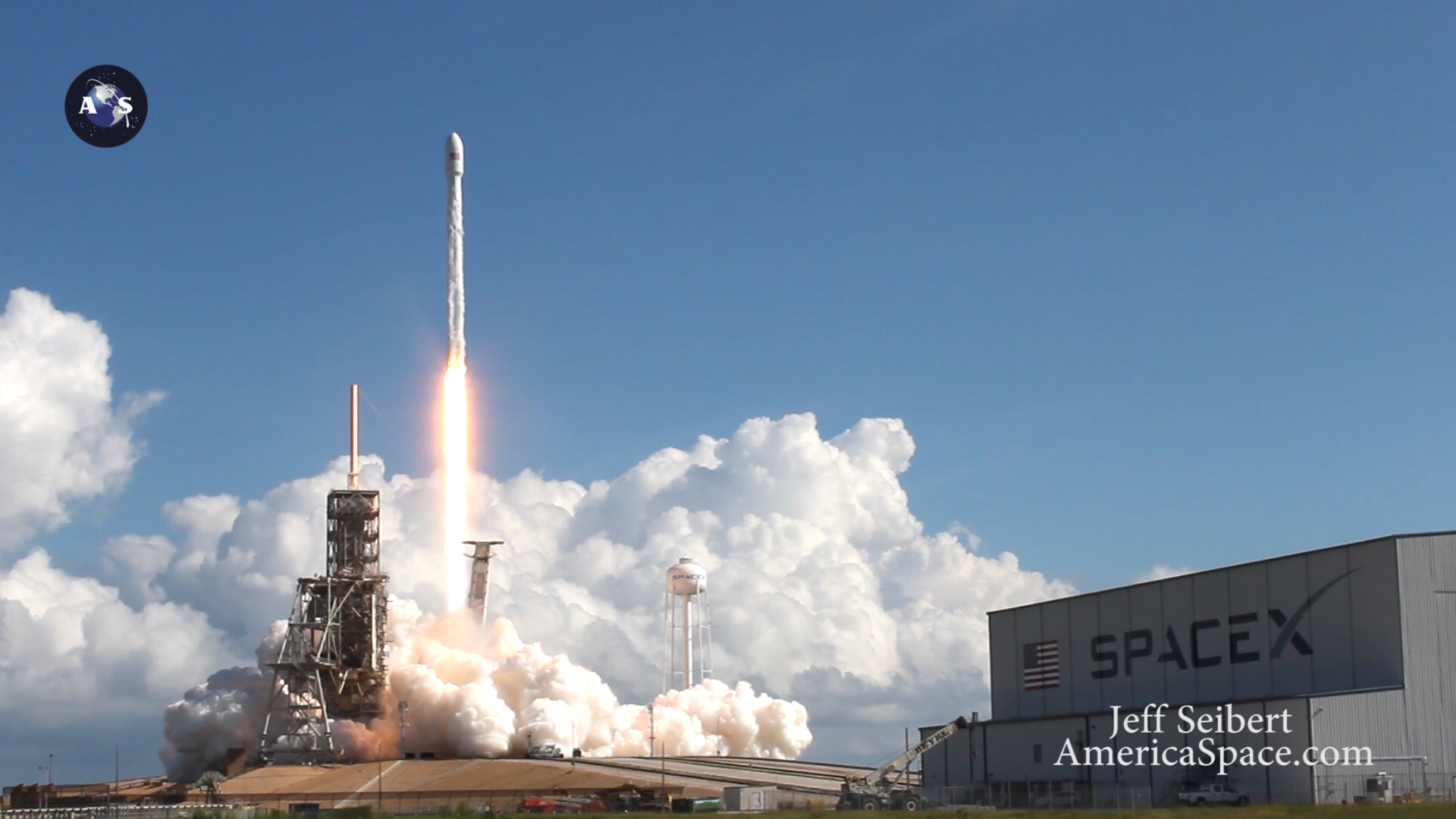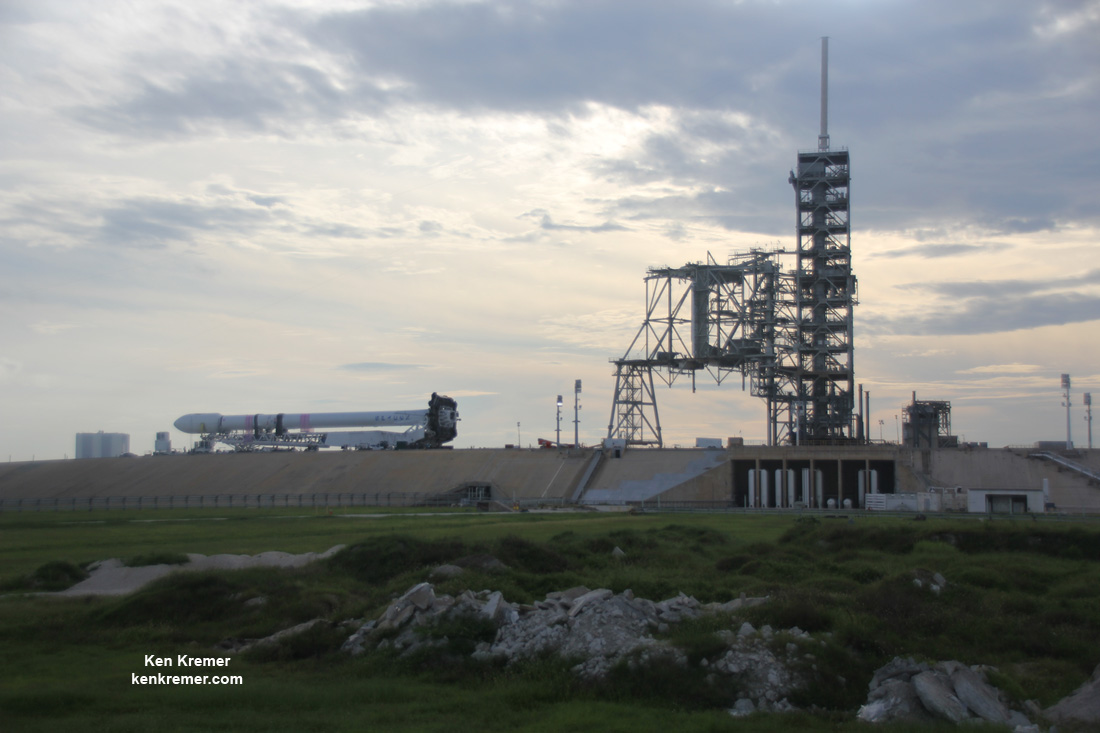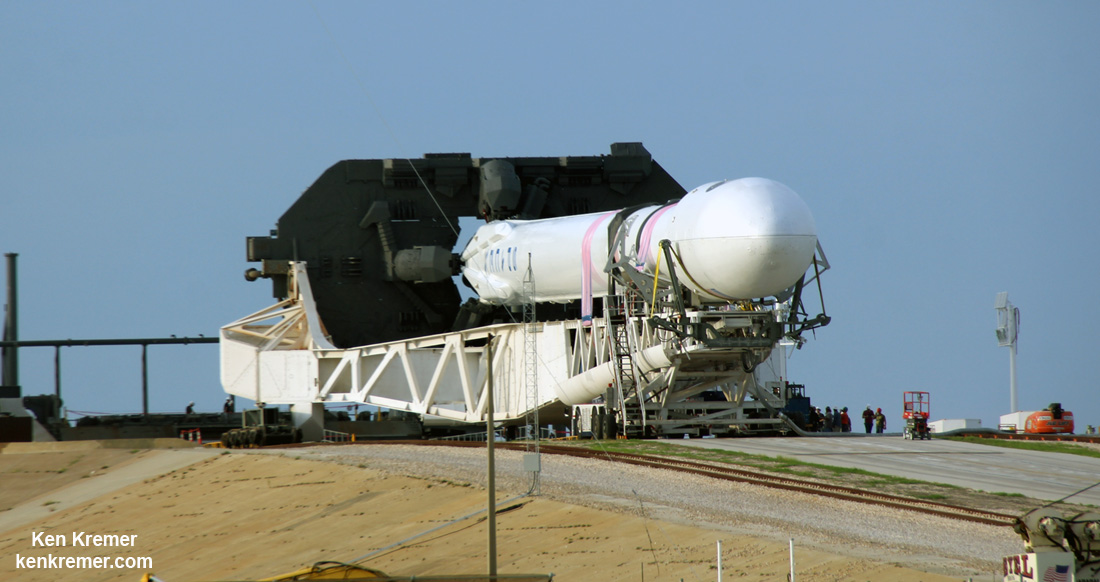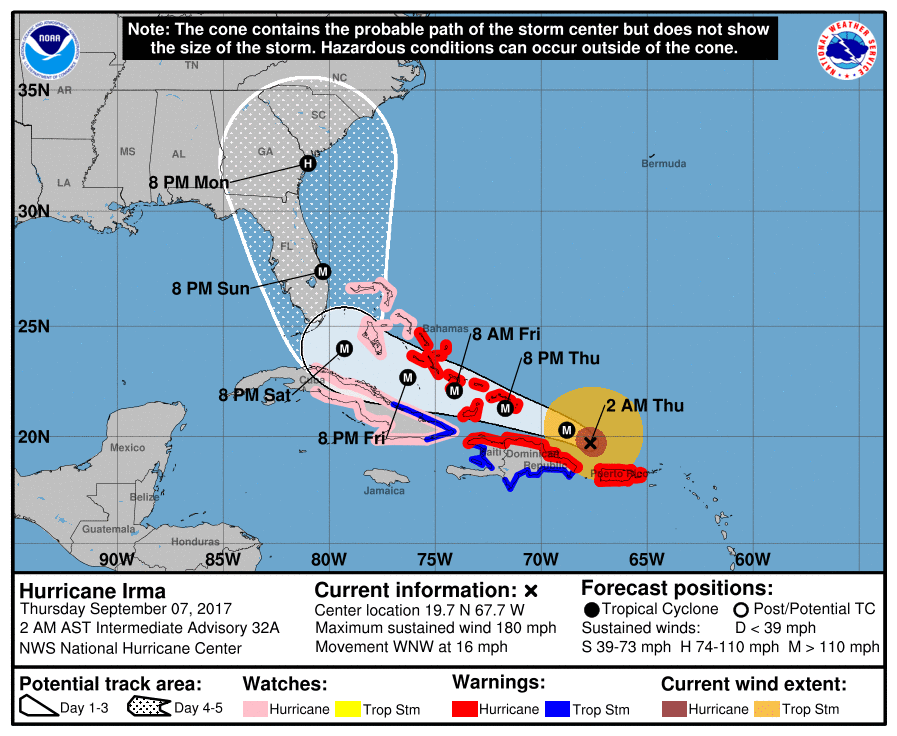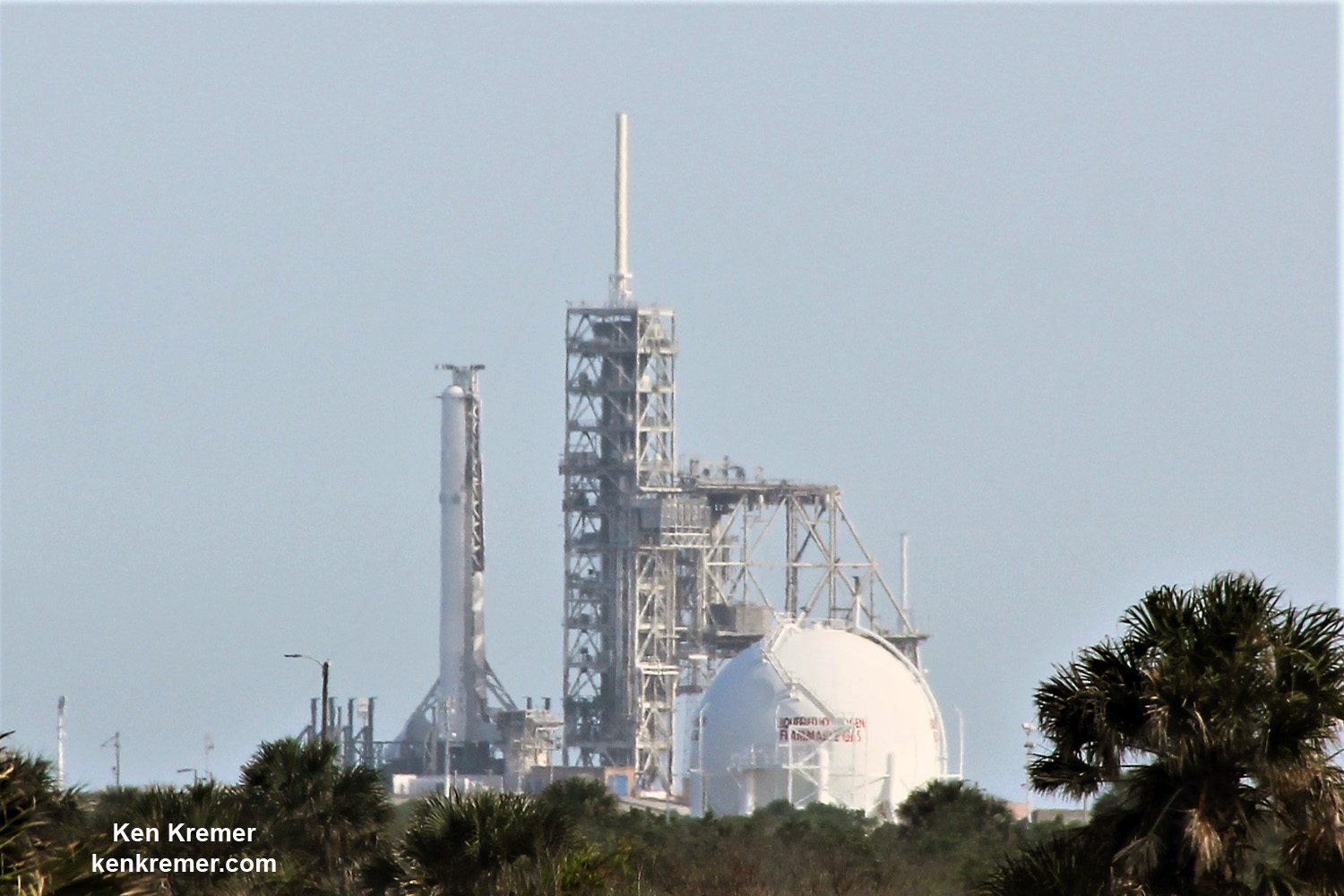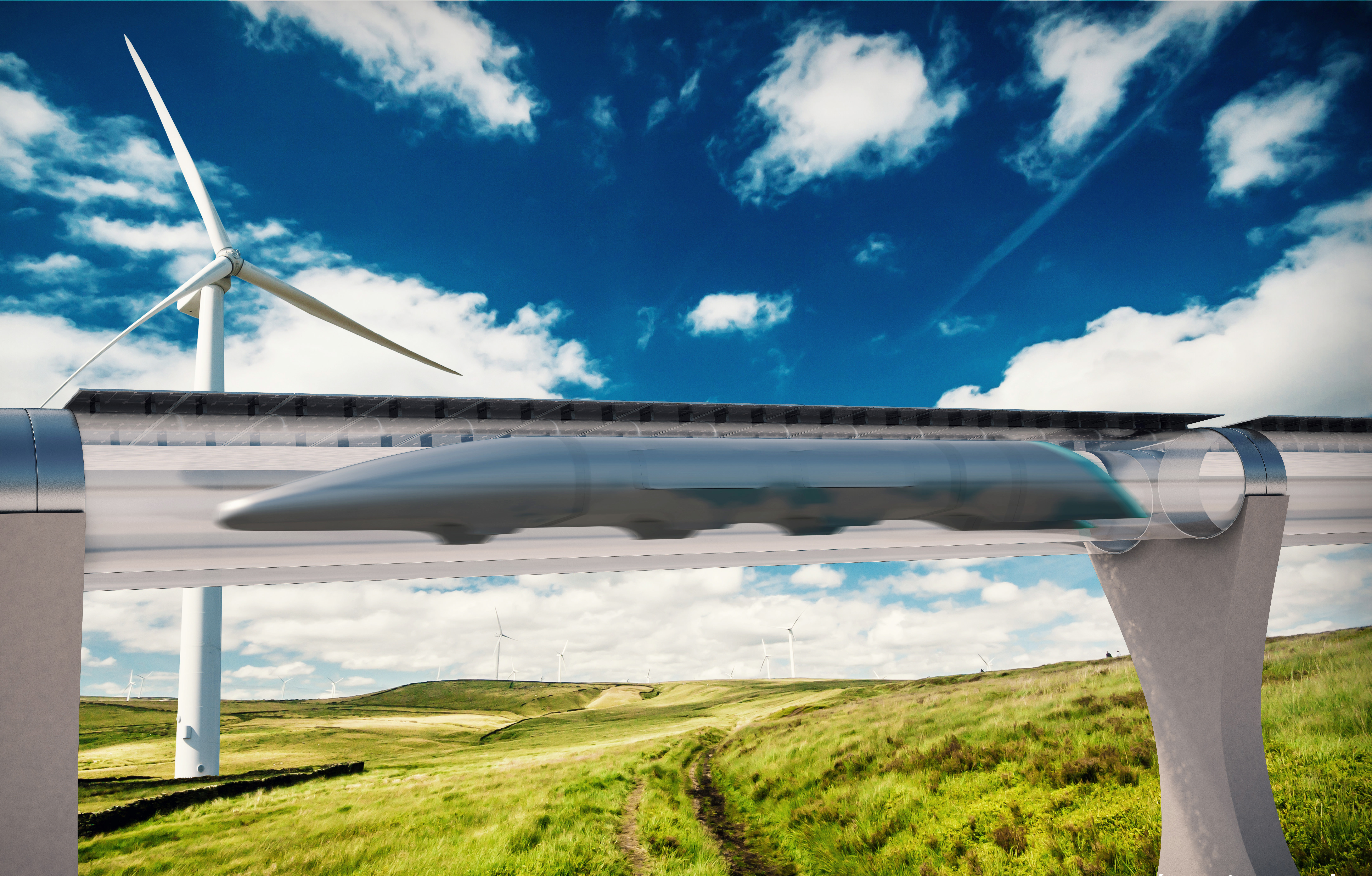
KENNEDY SPACE CENTER, FL – SpaceX staged a stunning sunset blastoff this evening Oct. 11, of the commercial SES-11/EchoStar 105 HDTV satellite that will serve the everyday needs of millions of customers across North America as it soared to geostationary orbit on a recycled Falcon 9 from the Florida Space Coast.
Minutes later the now doubly ‘flight-proven’ booster safely made its way back to Cape Canaveral after reigniting its engines to carry out another upright soft landing and recovery – that potentially sets the stage for an unprecedented third launch.
The private SES-11/EchoStar 105 communications satellite mission made an on time liftoff of the recycled first stage booster at dinnertime Wednesday Oct. 11 at 6:53 p.m. EDT from seaside Launch Complex 39A at NASA’s Kennedy Space Center in Florida.
SpaceX successfully delivered the nearly six ton EchoStar 105/SES-11 joint mission satellite for SES and ExchoStar to geostationary transfer orbit some 22,000 miles (36,000 kilometers) above the equator.
“Successful deployment of EchoStar 105/SES-11 to geostationary transfer orbit confirmed,” said SpaceX.
Remarkably today’s launch was the second launch for SpaceX this week following Monday’s Falcon 9 launch from Vandenberg AFB, Ca., carrying 10 Iridium-NEXT satellites to orbit – and a record setting 15th of 2017!
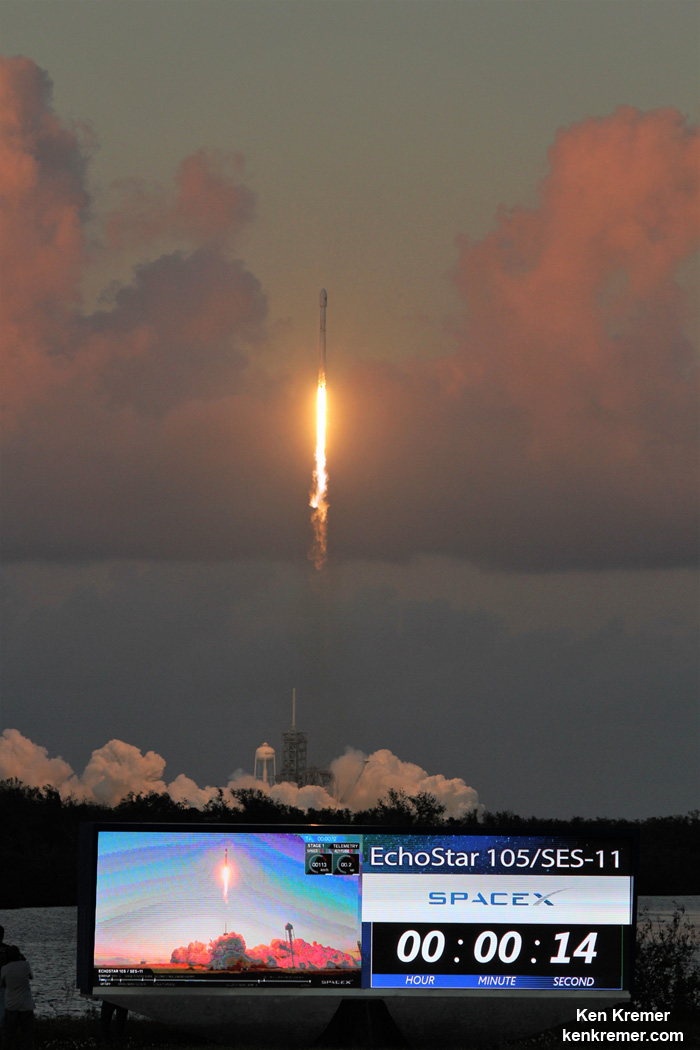
The launch, landing and satellite deployment were broadcast live on a SpaceX hosted webcast.
The weather was near perfect and there was scarcely a cloud in the sky. Space enthusiasts who traveled far and wide from around the globe to witness a launch were richly rewarded with time and money well spent.
That’s in stark contrast to the horrible weather conditions existing just days ago that forced a part of weather scrubs for the ULA Atlas V. Launch of the NROL-52 spy satellite is currently rescheduled for Sat., Oct 14.
EchoStar 105/SES-11 is a high-powered hybrid Ku and C-band communications satellite launching as a dual-mission satellite for US-based operator EchoStar and Luxembourg-based operator SES.
The used two stage 229-foot-tall (70-meter) Falcon 9 rocket was rolled out to pad 39A Tuesday to ready it for today’s liftoff.
The EchoStar 105/SES-11 spacecraft was built by Airbus and shipped from the Airbus facilities in Toulouse, France to Cape Canaveral, FL for flight processing.
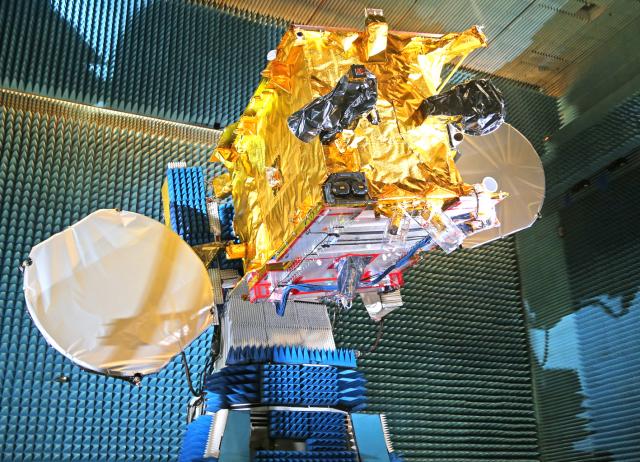
The satellite was successfully deployed as planned approximately 36 minutes after liftoff.
“SES-11 is a high-powered communications satellite designed to especially accelerate the development of the US video neighbourhood, and the delivery of HD and UHD channels. Optimised for digital television delivery, SES-11 joins SES-1 and SES-3 at the centre of its robust North American orbital arc, which reaches more than 100 million TV homes. Together with SES-1 and SES-3, SES-11 will be utilised for the expansion of the North America Ultra HD platform,” according to SES.
“SES-11 offers comprehensive coverage over North America, including Hawaii, Mexico and the Caribbean, and will also empower businesses and governments to capture new opportunities and expand their reach across the region.”
The 5,200 kg (11,500 pounds) satellite was encapsulated inside the payload fairing and integrated with the Falcon 9 rocket.

This is only the third recycled SpaceX Falcon 9 ever to be launched from Pad 39A.

SES was the first company to ever fly a payload on a ‘flight-proven’ Falcon 9. The SES-10 satellite lifted off successfully this spring on March 30, 2017.
The second reflown booster successfully launched the BulgariaSat-1 a few months later.
Pad 39A has been repurposed by SpaceX from its days as a NASA shuttle launch pad.
After the 156 foot tall first stage booster completed its primary mission task, SpaceX engineers guided it to a second landing on the tiny football field sized OCISLY drone ship for a soft touchdown some eight and a half minutes after liftoff.
“Falcon 9 first stage has landed on Of Course I Still Love You — third successful mission with a flight-proven orbital class rocket,” said SpaceX.
This marked the 18th successful landing of a recovered Falcon 9 first stage booster.
This booster originally flew on the NASA Dragon CRS-10 resupply mission to the International Space Station in February of this year.
OCISLY or “Of Course I Still Love You” left Port Canaveral several days ahead of the planned Oct. 11 launch and was prepositioned in the Atlantic Ocean some 400 miles (600 km) off the US East coast, just waiting for the boosters 2nd approach and pinpoint propulsive soft landing.
The booster was outfitted with four grid fins and four landing legs to accomplish the pinpoint touchdown on the barge at sea.
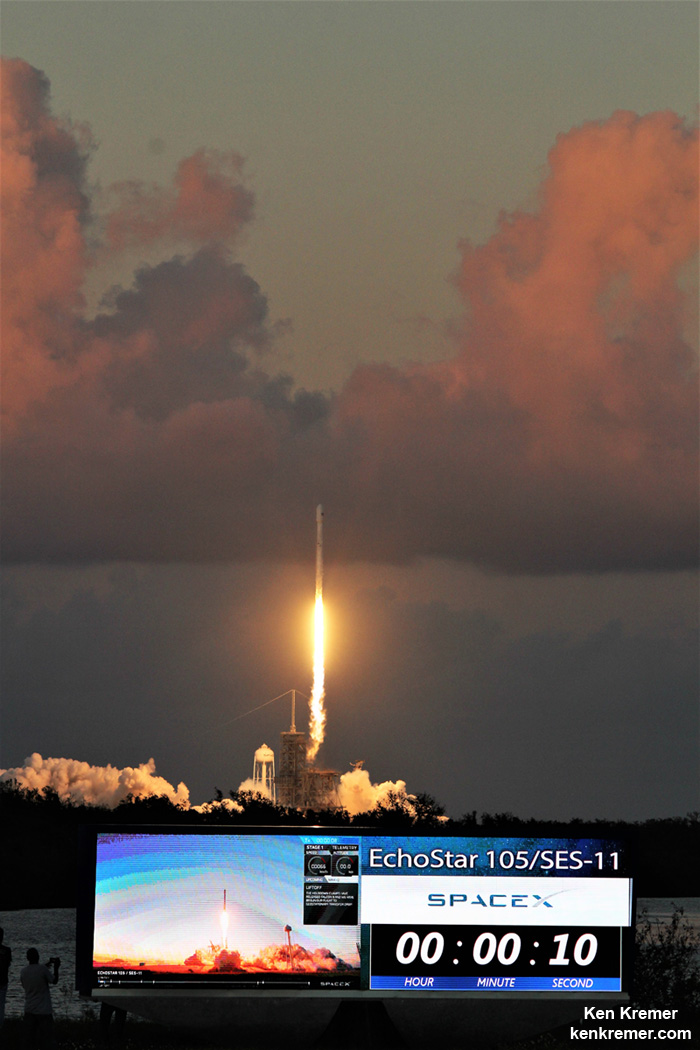
The last SpaceX Falcon 9 launch from KSC took place on Sep. 7 carrying the USAF X-37B military space plane to orbit just ahead of Hurricane Irma.
Watch for Ken’s continuing onsite coverage of SpaceX SES-11, ULA NROL-52 and NASA and space mission reports direct from the Kennedy Space Center and Cape Canaveral Air Force Station, Florida.
To date SpaceX has successfully recovered 18 first stage boosters by land and sea.
The SES-11 stage is expected back in Port Canaveral in a few days if all goes well.
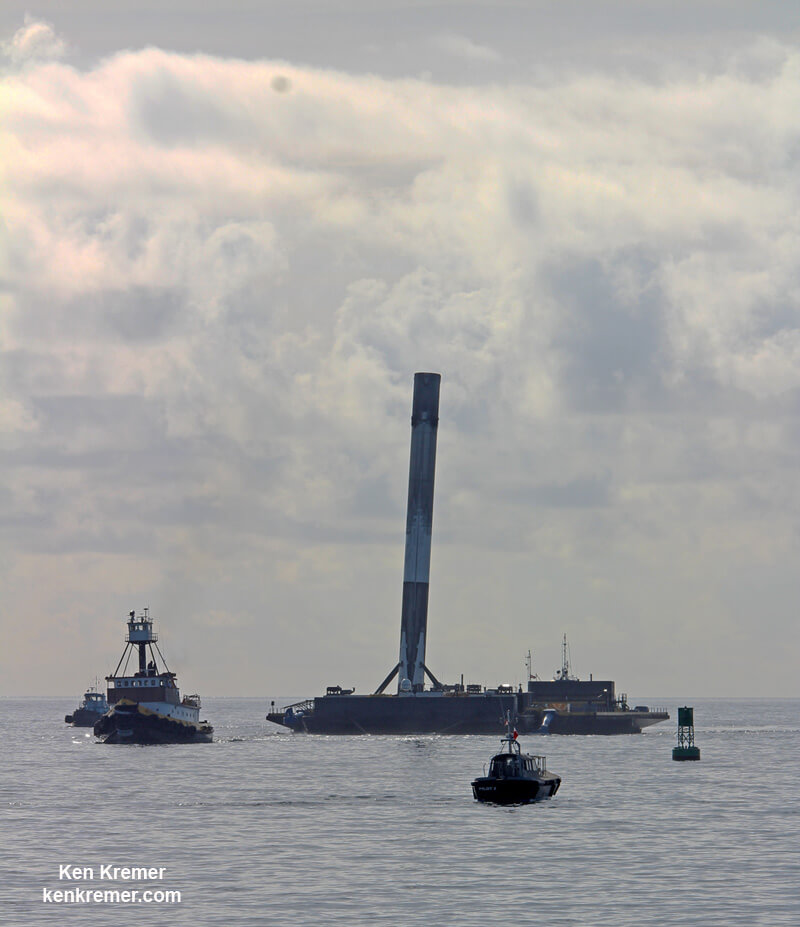
Stay tuned here for Ken’s continuing Earth and Planetary science and human spaceflight news.
